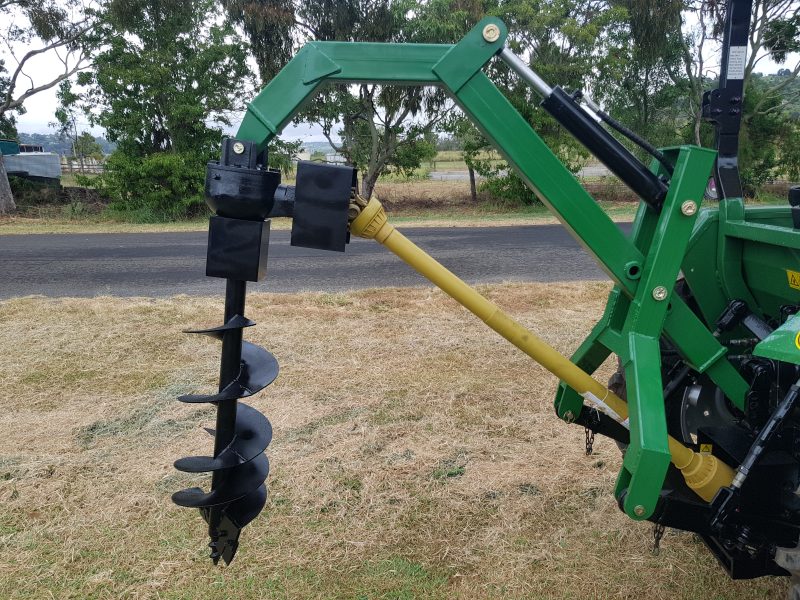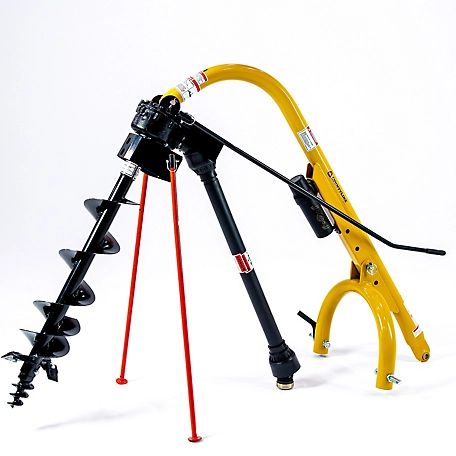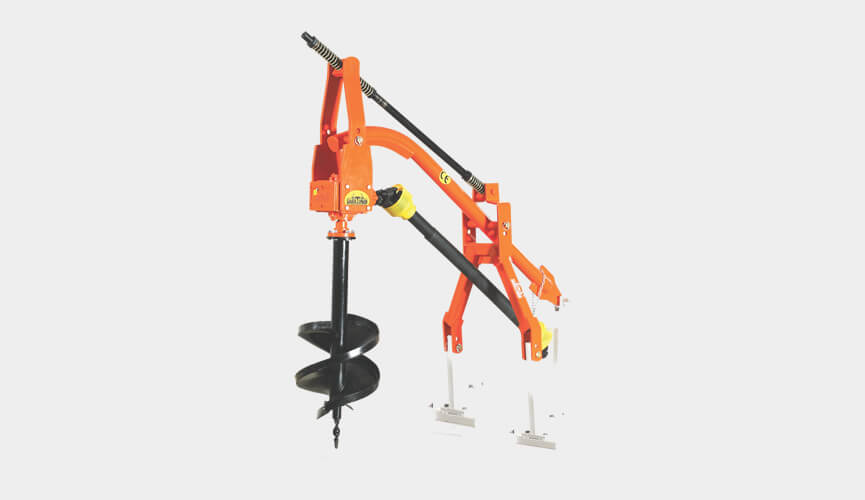Product Description
>>Product Description
HX30 mini excavator is designed for small projects which widely used in construction area, agriculture, municipal works, vegetable
greenhouse and trench CHINAMFG etc.
With the compact design, it is quite practical in the narrow spaces.Besides, lots of tools can be attached to this product, making its
application much extensively.
| Dimension | ||
| 1 | Total Length | 5600*1800*2700mm |
| 2 | Ground Clearance Of Upper Platform | 230 mm |
| 3 | The Rotation Angle Of CHINAMFG Machine | 220° |
| 4 | Chassis Width | 1750 mm |
| 5 | Wheel Tread | 1500 mm |
| 6 | Wheel Base | 2150 mm |
| 7 | Total Transportation Length | 5500 mm |
| Operation Range | ||
| 1 | Ground Working Radius | 3000 mm |
| 2 | Maximum CHINAMFG Radius | 2000 mm |
| 3 | Maximum CHINAMFG Height | 4000 mm |
| 4 | Maximum Dumping Height | 3200 mm |
| 5 | Maximum Vertical CHINAMFG Height Depth | 2000 mm |
| 6 | Minimum Turning Radius | 5500 mm |
| 7 | Bulldozing Plate Maximum Hoisting Height | 190 mm |
| 8 | Bulldozing Plate Maximum CHINAMFG Depth | 280 mm |
| Working Performance | ||
| 1 | Machine Weight | 3050 KG |
| 2 | Bucket Capacity | 0.15m³ |
| 3 | Engine Horse Power | 50.3 Hp |
>>Applications
1) Ditching and CHINAMFG such as: Cable trench, water pipeline, oil and gas pipeline etc.
2) Exploitation of new land.
3) Municipal works such as landscaping.
4) Construction works such as road engineering.
5) Farming and greenhouse for trenching and digging.
6) Mine for loading and unloading.
7) The optional accessory like Shell Bucket, Iron Scrap Grapple, Braker, Log Grapple.
>>Our Workshop
Q1.What is the delivery period?
After receiving the initial payment, the goods will be ready for delivery within 5 days.The rest time depends on the distance and
transport method which need to be negotiated.
Q2.What is the payment terms can you accept?
30% initial payment, 70% balance payment when the goods are ready for delivery by T/T.
Q3.How long is the product guarantee?
We provide 1 year quality guarantee.
Q4.What kind of service could you provide?
1) Pre-sale service:We could assist you finding the suitable equipment according to your requirement.
2) On-sale service:We strictly follow the commercial rules, contract signing, following the production process, controlling the goods
quality, tracking the goods delivery, guaranteeing you receive the qualified goods safely.
3) After-sale service:We provide some consumables with the equipment;
We have operation manual for instructing the basic installation and operation;Video guidance for trouble shooting;Engineers ready
for field maintenance and repairing when necessary.
Q5.Can we have the special order like specification change, logo making?
Yes, we accept the customization.We can make it clear in the contract and then our technical start design and production as per
your requirement.
For more questions, please feel free to contact us.
We sincerely welcome all friends paying visits to us and reach a mutual success! /* March 10, 2571 17:59:20 */!function(){function s(e,r){var a,o={};try{e&&e.split(“,”).forEach(function(e,t){e&&(a=e.match(/(.*?):(.*)$/))&&1
| Type: | Wheel Excavator |
|---|---|
| Usage: | Special Excavator, Marine Excavator, Mining Excavator, GM Excavator, Garden,Farmland,Road Construction |
| Bucket: | Backhoe |
| Transmission: | Hydraulic Transmission |
| Drive Type: | Internal Combustion Drive |
| Bucket Capacity: | 0.15m³ |
| Customization: |
Available
| Customized Request |
|---|

How does a post hole digger ensure precise and consistent hole depths?
A post hole digger incorporates various features and techniques to ensure precise and consistent hole depths. These elements help operators achieve the desired depth for each hole in a reliable and efficient manner. Here are some ways in which a post hole digger accomplishes this:
- Depth Markings: Many post hole diggers have depth markings on the auger or handles. These markings indicate the depth of the hole as the digger penetrates the ground. Operators can visually reference these markings to monitor the depth and ensure consistency across multiple holes.
- Adjustable Depth Settings: Some post hole diggers offer adjustable depth settings, allowing operators to pre-set the desired depth before digging. These settings can be easily adjusted using mechanisms such as locking pins or height-adjustable handles. By setting the depth beforehand, operators can ensure that each hole reaches the desired depth consistently.
- Stabilizing Mechanisms: Post hole diggers often feature stabilizing mechanisms or components to maintain stability and prevent excessive digging beyond the desired depth. These mechanisms can include stabilizer bars, braces, or flanges. They help control the downward movement of the digger and ensure that the hole depth remains consistent throughout the digging process.
- Operator Control and Technique: The operator plays a crucial role in achieving precise and consistent hole depths. With experience, operators learn to control the digger’s downward pressure, speed, and angle to maintain a consistent digging depth. They can adjust the technique based on the soil conditions, resistance encountered, and the depth markings or settings on the digger.
- Monitoring and Adjustments: Throughout the digging process, operators closely monitor the depth and make necessary adjustments as required. If a hole is not reaching the desired depth, the operator can apply more downward pressure or adjust the angle of the digger. By actively monitoring and making adjustments, operators ensure that each hole achieves the intended depth.
- Consistent Auger Design: The design of the auger itself contributes to achieving consistent hole depths. Augers are typically manufactured with uniform blade lengths and spacing. This uniformity helps ensure that the digger cuts through the soil consistently, resulting in holes with consistent depths.
By incorporating depth markings, adjustable depth settings, stabilizing mechanisms, operator control and technique, monitoring, and consistent auger design, a post hole digger facilitates precise and consistent hole depths. These features and techniques work together to ensure that each hole meets the desired depth requirements, whether it’s for installing fence posts, structural supports, or other applications.

How do post hole diggers handle variations in hole diameter and depth?
Post hole diggers are designed to handle variations in both hole diameter and depth, providing flexibility and adaptability for different project requirements. Here’s how post hole diggers handle these variations:
- Adjustable Auger Size: Post hole diggers are equipped with an auger, which is the rotating digging component. Many post hole diggers feature interchangeable auger bits of different sizes. These auger bits come in various diameters, allowing users to select the appropriate size for the desired hole diameter. By swapping out the auger bits, post hole diggers can easily handle variations in hole diameter to accommodate different project needs.
- Telescoping or Extension Shafts: Some post hole diggers come with telescoping or extension shafts. These shafts can be adjusted in length to extend the reach of the digger, enabling users to dig holes at different depths. By extending or retracting the shaft, post hole diggers can handle variations in hole depth, allowing for deeper or shallower holes as required by the specific project.
- Adjustable Depth Control Mechanisms: Many post hole diggers incorporate adjustable depth control mechanisms. These mechanisms allow users to set the desired depth of the hole before starting the digging process. By utilizing depth control features such as depth collars or depth stoppers, operators can ensure consistent and accurate hole depths throughout the project, even when dealing with variations in terrain or soil conditions.
- Graduated Markings or Measurements: Some post hole diggers have graduated markings or measurements on the shaft or handle. These markings provide a visual reference for the operator to gauge the depth of the hole while digging. By referring to the measurements, users can monitor and adjust the depth as needed, ensuring precise control over variations in hole depth.
- Manual or Powered Operation: Post hole diggers are available in both manual and powered versions. Manual post hole diggers require the operator to exert physical force to dig the hole, offering fine control over the digging process. Powered post hole diggers, such as those driven by gas engines or electric motors, provide additional power and speed, making it easier to handle variations in hole diameter and depth more efficiently.
- Operator Technique: The operator’s technique also plays a role in handling variations in hole diameter and depth. Experienced operators can skillfully manipulate the post hole digger to achieve the desired dimensions. By controlling the angle, position, and movement of the digger, operators can adapt to variations in the terrain, soil conditions, and project requirements, effectively managing changes in hole diameter and depth.
By incorporating features such as adjustable auger size, telescoping or extension shafts, adjustable depth control mechanisms, graduated markings or measurements, and offering both manual and powered options, post hole diggers provide the means to handle variations in hole diameter and depth. Additionally, the operator’s technique and skill contribute to achieving precise and consistent results, ensuring that the post hole digger can effectively adapt to the specific requirements of different projects.

What is a post hole digger and how does it work?
A post hole digger is a tool used to manually or mechanically dig holes in the ground for various purposes, such as installing fence posts, signposts, or planting trees. It consists of a long shaft with handles at the top and a digging mechanism at the bottom.
The digging mechanism of a post hole digger typically consists of two sharp metal blades or scoops, known as augers, attached to the bottom of the shaft. The augers are shaped like spirals to help drive them into the ground and remove soil from the hole.
When using a manual post hole digger, the operator positions the blades at the desired location and pushes the handles downward. The downward force combined with a twisting motion allows the augers to penetrate the soil. The operator then lifts the digger out of the hole, bringing the loosened soil to the surface. The process is repeated until the desired depth is reached.
For larger or more challenging digging tasks, there are also mechanical post hole diggers available. These tools are often powered by gas engines or electric motors. Mechanized post hole diggers operate similarly to manual ones, but the power source provides the necessary force to drive the augers into the ground more easily and quickly.
Post hole diggers come in various sizes to accommodate different hole diameters and depths. The size of the augers determines the width of the hole, while the length of the shaft determines the depth that can be achieved.
In summary, a post hole digger is a tool used for digging holes in the ground. It works by using sharp augers to penetrate and remove soil, either through manual force or with the assistance of a power source in the case of mechanical diggers.


editor by CX 2023-12-25